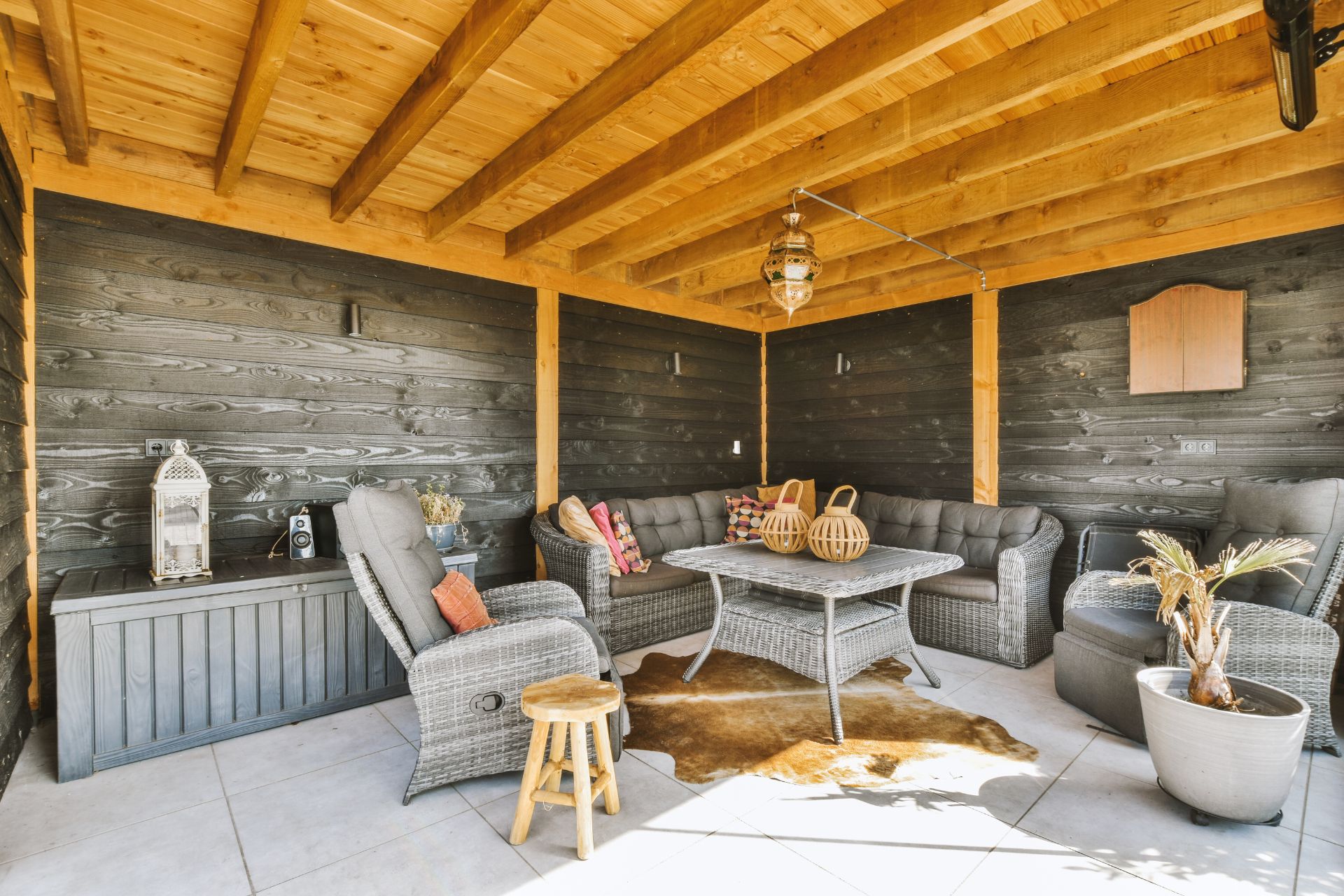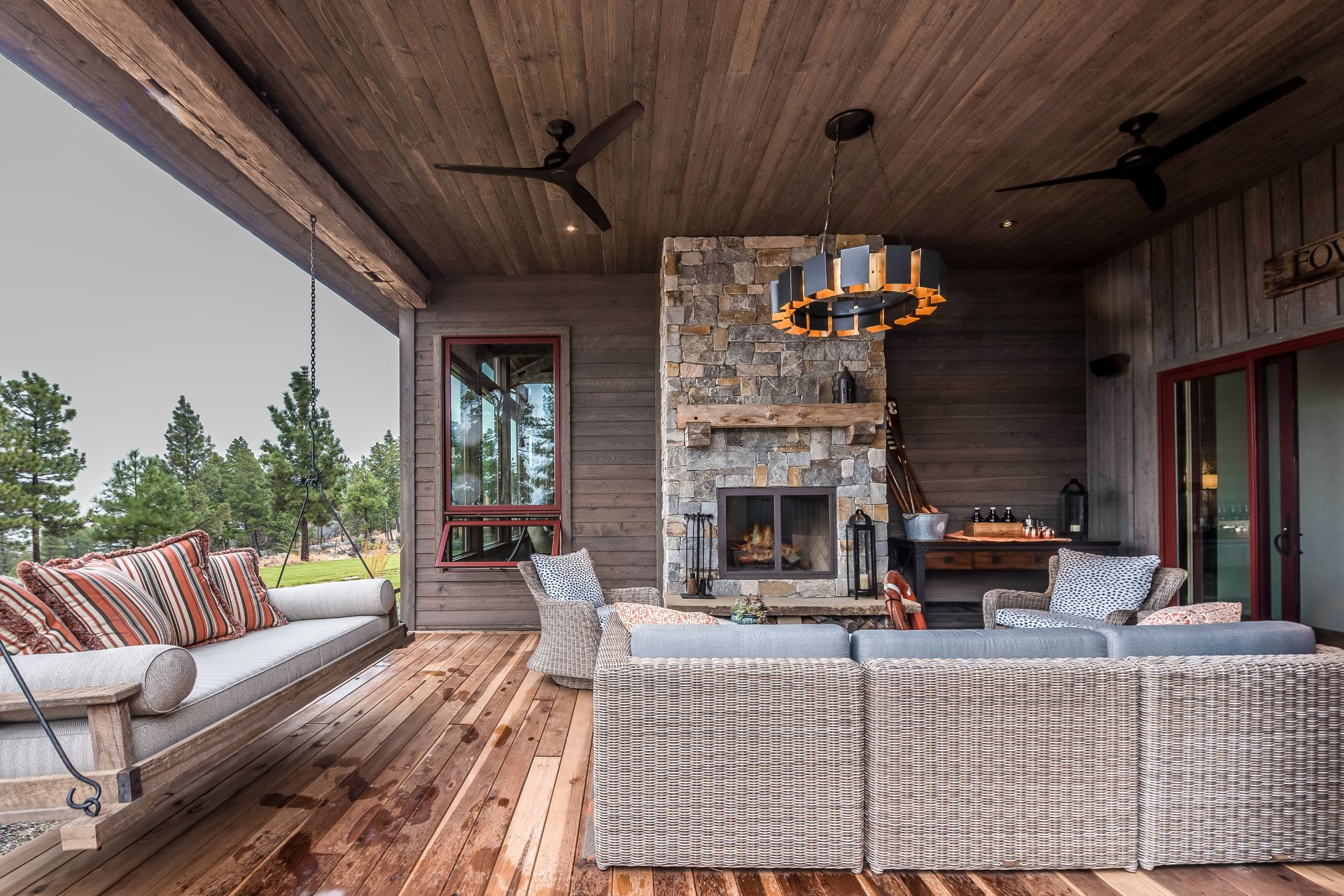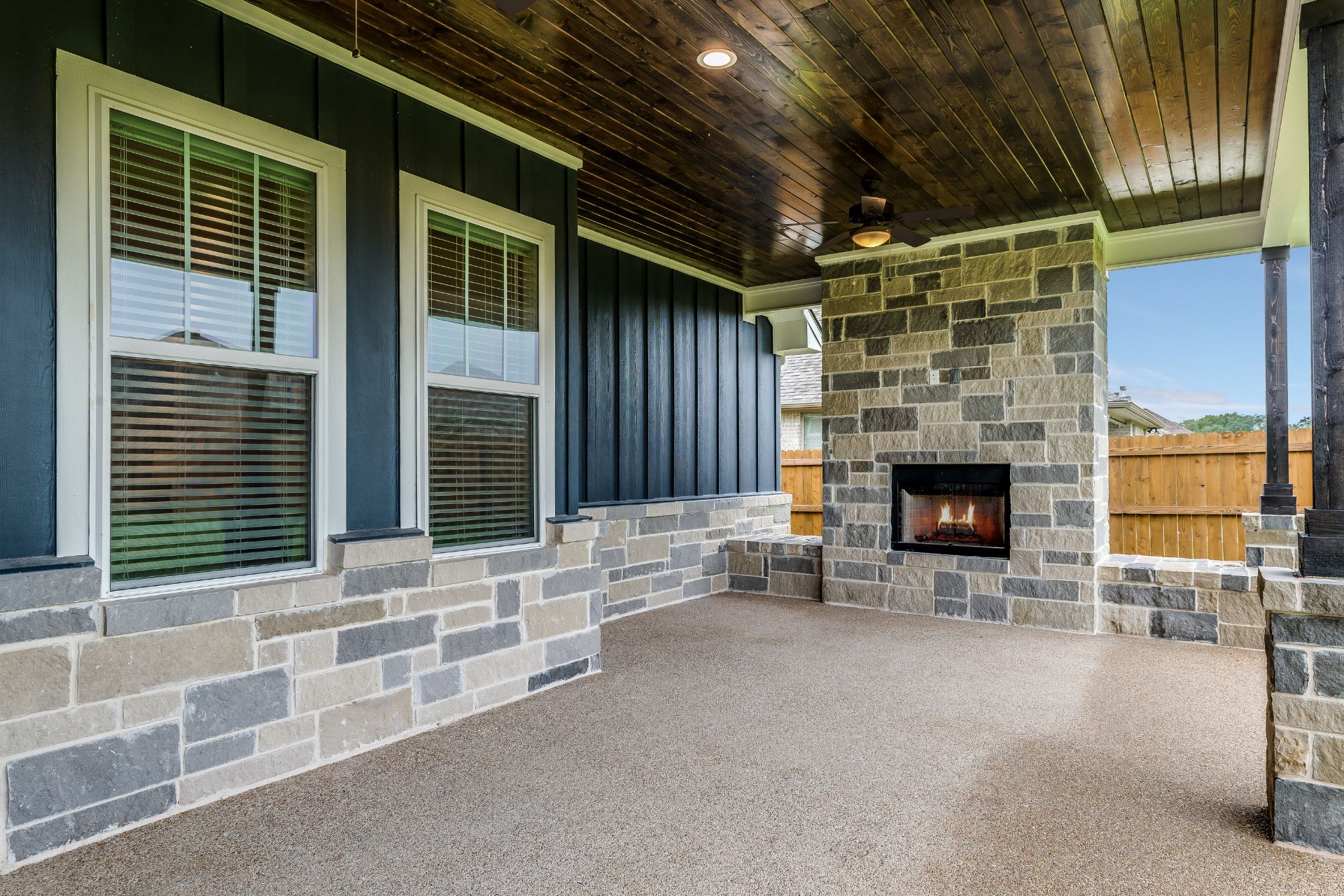
Wood Patio Covers: An Elegant Addition to Your Outdoor Space
The charm of wood patio covers is undeniable. Whether you’re remodeling or creating a fresh outdoor space, these structures add both beauty and function. Pergolas, wooden awnings, and cedar shade structures, among others, can transform any outdoor area.
Contents
Introduction to Wood Patio Covers
Wood patio covers, including pergolas and timber canopies, are timeless additions to any outdoor setting. They not only offer shade but also enhance aesthetic appeal. Materials like cedar and hardwood, promise durability and elegance.
Why Choose Wooden Covers for Your Patio?
- Natural Beauty: Wood naturally blends with outdoor surroundings, making it the perfect material for patios.
- Durability: Especially when you use hardwood or cedar, these covers can withstand varying weather conditions.
- Versatility: From pergolas to wooden awnings, the design possibilities are endless.
Types of Wood Patio Covers
Pergolas
Pergolas are freestanding structures, often with lattice tops. These are excellent for growing vines, providing both shade and a natural, green touch.
Wooden Awnings
Ideal for direct shade, wooden awnings are attached directly to the home. They’re perfect for those who want an extension of their indoor living space.
Timber Canopy
A timber canopy offers a robust shade solution. It’s versatile and can be designed to fit various architectural styles.
Cedar Shade Structures
Cedar is resistant to pests and rot. They are durable and add a distinct aroma to your patio.
Hardwood Gazebo
Perfect for those seeking a more enclosed space, hardwood gazebos are both stylish and sturdy.
Remodeling With Wood Patio Covers
Imagine revitalizing your once mundane patio, introducing warmth and elegance with a fresh wooden cover. As a designer, I believe in the transformative power of wood, especially cedar. Its timeless appeal breathes new life into spaces, making them more than just functional areas—they become a canvas for memories.
Customization is at the heart of a wood patio makeover. Whether you envision a lattice design for climbing plants or a sleek wooden canopy for a modern touch, the possibilities are endless. Every element, from planks to beams, can mirror your unique style, seamlessly blending with existing designs or setting a bold, new direction.
Your patio isn’t just an outdoor space; it’s an extension of your home’s story. With wood, we’re not just building structures, but crafting experiences—sunny brunches, cozy evenings, and playful afternoons. Let’s turn that old patio into a vibrant haven of moments and memories.
Pros and Cons of Wood Patio Covers
As with any home addition or remodeling choice, there are both advantages and disadvantages to consider. Here’s a closer look at the pros and cons of wood patio covers.
Pros:
- Aesthetic Appeal: Wood has a natural beauty that can complement any setting. Its warmth and grain patterns can add a touch of rustic elegance to your outdoor space.
- Customization: Wood is a flexible material that allows for numerous design options. Whether you want a traditional look or something more modern, wood can be shaped and styled accordingly.
- Sustainability: Wood, especially when sourced responsibly, is a renewable resource. This makes it an environmentally friendly choice for homeowners who are conscious about their ecological footprint.
- Thermal Properties: Wood does not absorb as much heat as metal, making it cooler to the touch during hot summer days.
- Sound Absorption: Unlike metal or vinyl, wood has natural sound-absorbing qualities, providing a quieter outdoor environment, especially during rain.
Cons:
- Maintenance: As mentioned, wood patio covers require regular maintenance. This includes sealing, staining, and checking for pests. Neglecting these steps can lead to premature degradation.
- Potential for Rot and Pests: If not adequately treated and maintained, wood can become susceptible to rot, mold, and pests like termites.
- Cost: Quality wood, especially hardwoods, and cedar, can be more expensive than other materials. This initial investment can be higher compared to alternative patio cover options.
- Durability Concerns: Even with meticulous care, wood may not last as long as some synthetic or metal options, especially in areas with extreme weather conditions.
- Risk of Fire: Wood is combustible, so there’s a higher risk of fire compared to metal or vinyl covers.
Maintaining Your Wooden Patio Cover
To keep your wood patio covers looking pristine:
- Regularly seal and stain to protect from the elements.
- Check for pests, as wood can attract termites.
- Clean periodically with mild detergent and water.
Conclusion
Incorporating wood patio covers, be it pergolas or a timber canopy, can redefine your outdoor space. It’s an amalgamation of natural beauty, functionality, and a touch of elegance. When maintained well, these structures promise years of outdoor enjoyment.
Common Questions
How often should I maintain my wood patio cover?
Regular maintenance, including sealing and staining, should be done every 1-2 years.
Can wood patio covers withstand harsh weather?
Yes, especially if built with hardwood or cedar. However, regular maintenance is essential for longevity.
Is remodeling with wood patio covers expensive?
The cost varies based on design and wood type. But, investing in high-quality wood ensures durability, reducing long-term expenses.




